基于S7-300的某小区恒压供水监控系统设计(含CAD图,组态程序)

1.无需注册登录,支付后按照提示操作即可获取该资料.
2.资料以网页介绍的为准,下载后不会有水印.资料仅供学习参考之用.
密 惠 保
基于S7-300的某小区恒压供水监控系统设计(含CAD图,组态程序)(任务书,开题报告,设计说明书11000字,组态程序,CAD图27张)
摘要
在当今的社会,科学技术处于不断地发展之中,人们对于供水系统的要求也越来越高,传统的高位水箱与压力罐来实现的供水方式已经满足不了人们的需求。
以变频调速为主攻点的新型供水控制的系统代替了传统的以高位水箱和压力罐为核心的供水设备,电动机的启动比较平稳,开启的电流可以控制在额定电流的范围内。由此可以延长水泵以及阀门等这些设备的寿命;除此之外,运行过程较为安全稳定,操作方式方便简单,设备功能齐全,既能节水,又能节电,还能节省人力,实现高效益运行。这种控制方法是目前变频调速恒压供水的主要优点和特点。对于小区恒压供水控制系统的研究更贴近生活,因此具有更大的经济和现实意义,是一个非常值得研究的课题与方向。
本文以S7-300PLC为基础, 设计与开发了某小区恒压供水系统。首先是进行总体方案的设计。接下来是要对研究所需的硬件进行对比选型,保证研究的顺利进行与利用最大化。接着是对电气线路的设计。然后是PLC程序的编写与仿真。该部分大致分为主程序与低、中、高三个部分,实现控制需求。下面是进行组态监控画面的设计与绘制,我们可以通过组态来设定某些数值,例如变频频率;同时也可以读取与检测研究过程中的一些重要内容,例如水压。然后进行测试,看看能够实现哪些功能以及还存在哪些问题。结果表明,大致可以实现恒压供水的控制要求,在供水过程中基本不会出现大幅度的波动. [资料来源:http://THINK58.com]
关键词: 变频调速 S7-300 PLC 恒压供水 组态监控
Design and Development of Constant Pressure Water Supply Monitoring System Based on S7-300
Abstract
In today's society, science and technology are constantly developing, people for the water supply system requirements are getting higher and higher, the traditional high water tank and pressure tank to achieve the water supply has been unable to meet people's needs.
The new water supply control system, which is based on frequency conversion speed control, replaces the traditional water supply equipment with high water tank and pressure tank as the core. The start of the motor is relatively stable and the open current can be controlled within the rated current range. Which can extend the pump and valves and other equipment life; In addition, the operation process is more safe and stable, easy to operate simple, fully functional equipment, both water, but also energy saving, but also save manpower to achieve high Effective operation. This control method is the current frequency converter constant pressure water supply of the main advantages and characteristics. It is a very worthy research topic and direction for the study of constant pressure water supply control system in residential area, which is closer to life and therefore has more economic and practical significance.
[版权所有:http://think58.com]
Based on S7-300PLC, this paper designs and develops a constant pressure water supply system. The first is to design the overall program. The next step is to compare the selection of the hardware needed to study the study to ensure the smooth progress of the study and maximize the use. Followed by the design of the electrical circuit. Then the preparation of PLC program and simulation. This part is divided into three parts: main program and low, middle and high, to realize control demand. The following is the configuration of the configuration monitoring screen design and drawing, we can configure to set some values, such as frequency conversion frequency; also can read and detect the research process of some important elements, such as water pressure. And then test, to see what functions can be achieved and what problems still exist. The results show that the control of constant pressure water supply can be realized, and there is no significant fluctuation in the water supply process.
Key Words:Change the frequency to adjust the speed;S7-300;Constant pressure water supply;Configuration monitoring
[来源:http://www.think58.com]
[资料来源:THINK58.com]
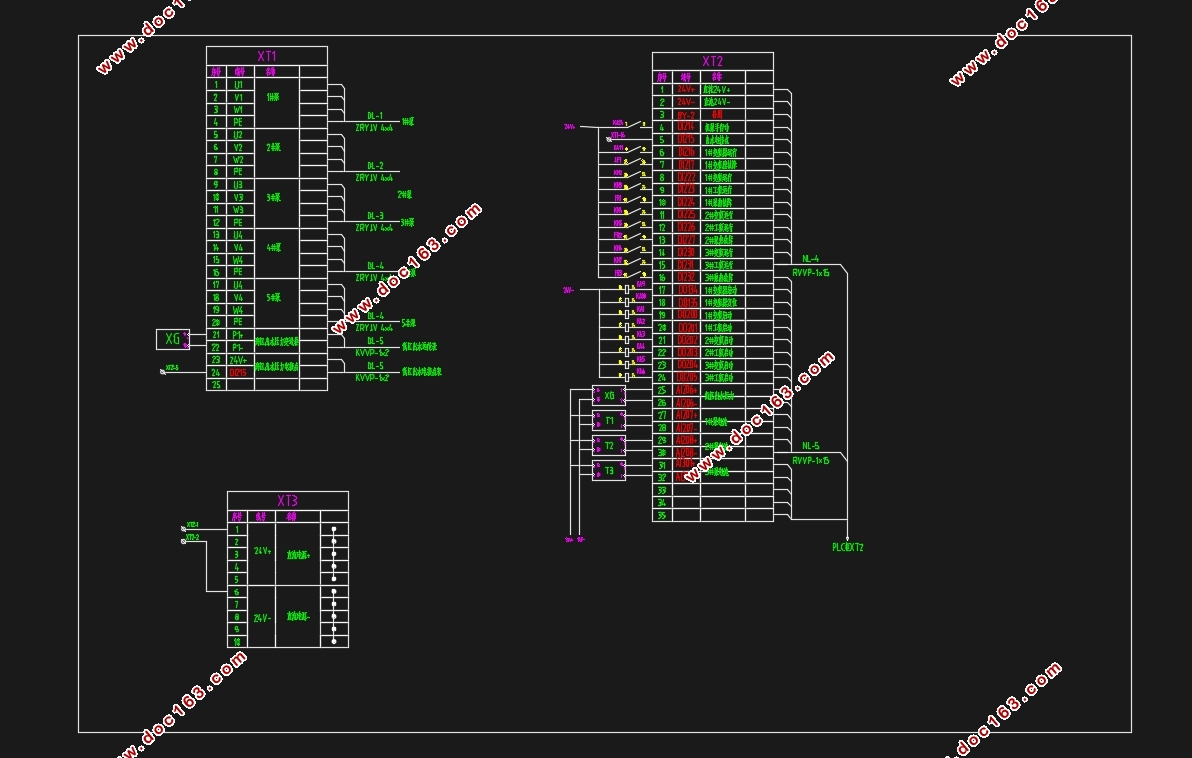
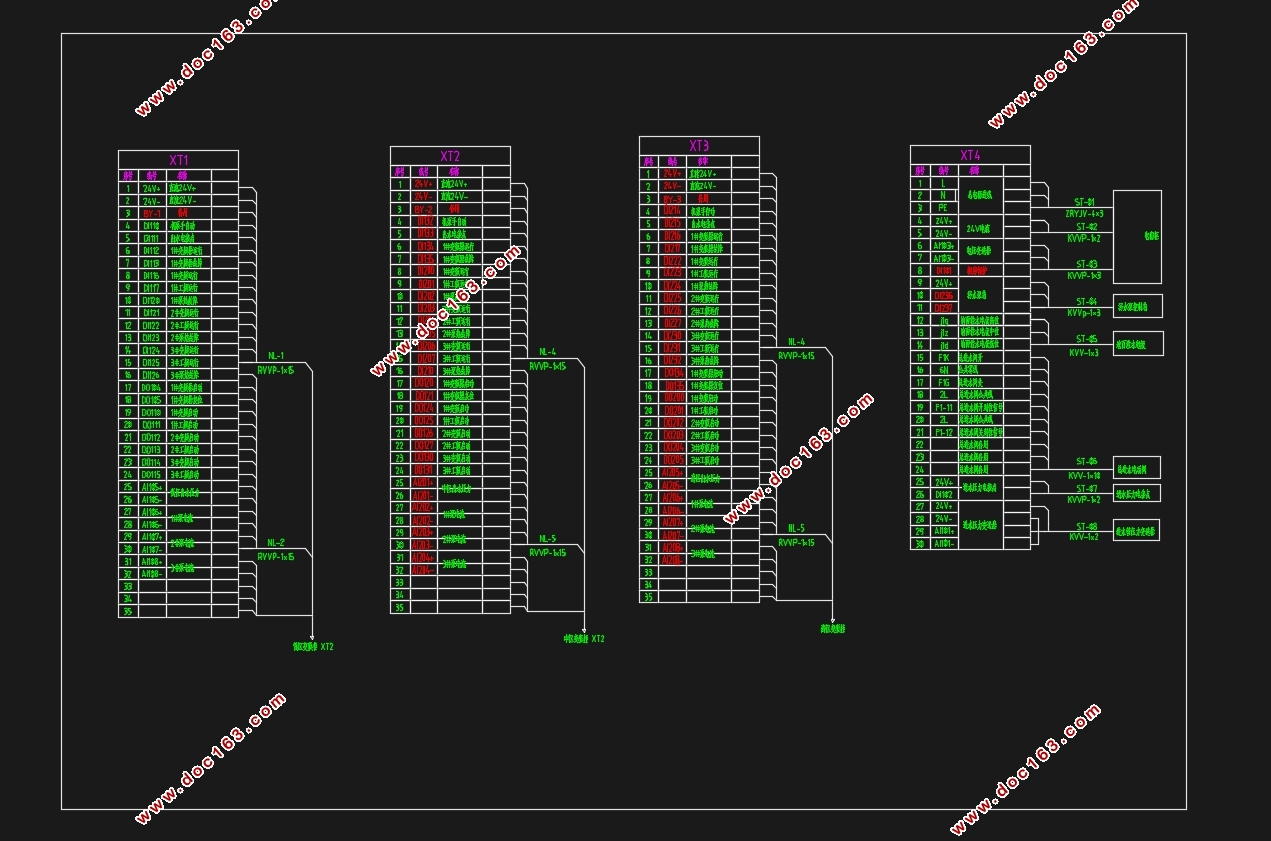
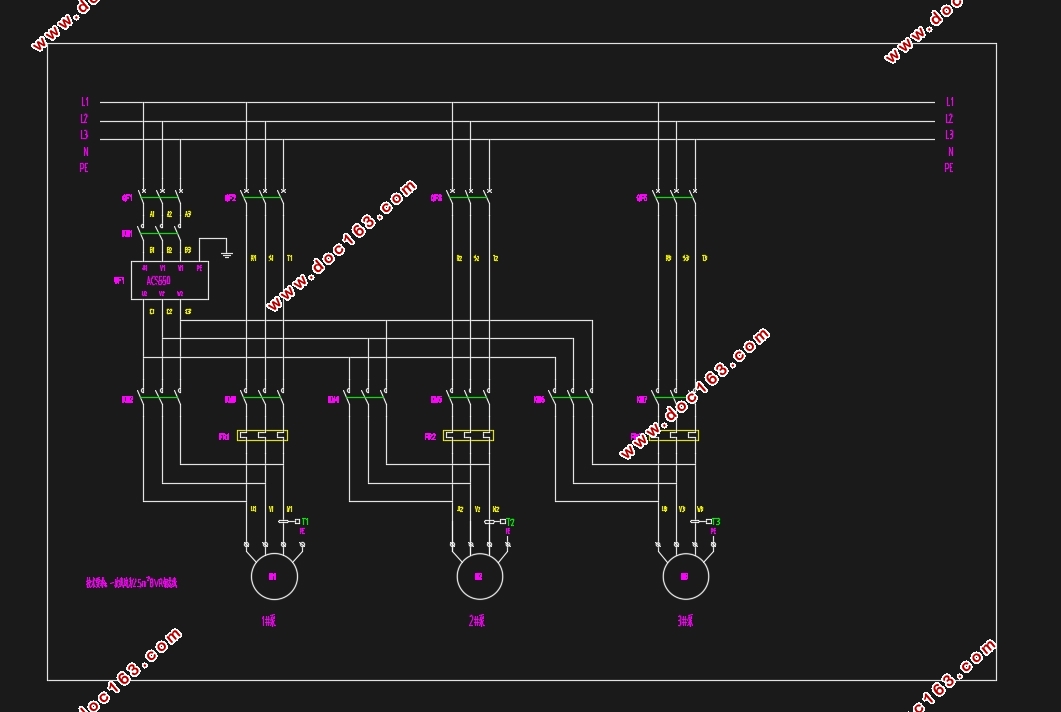
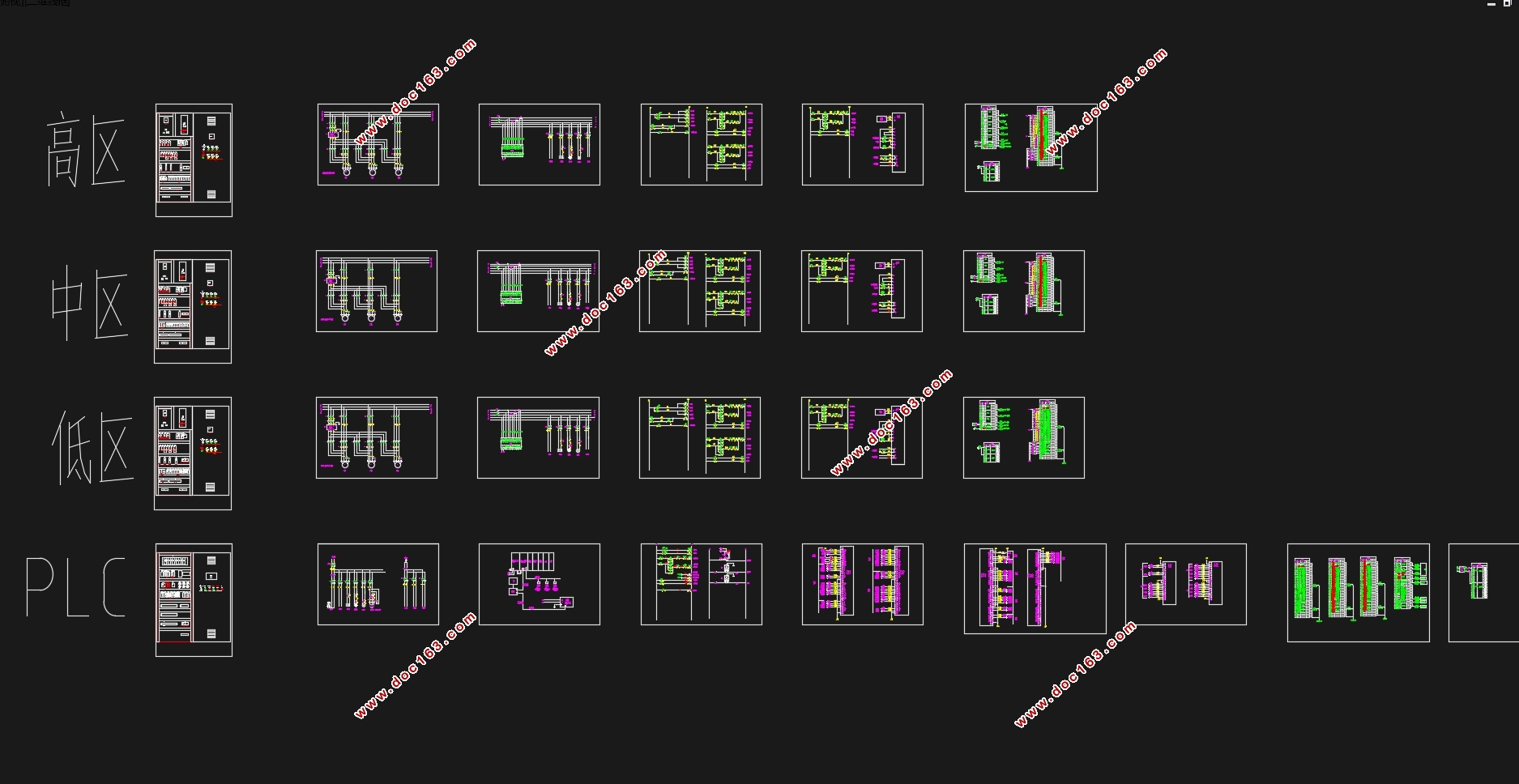
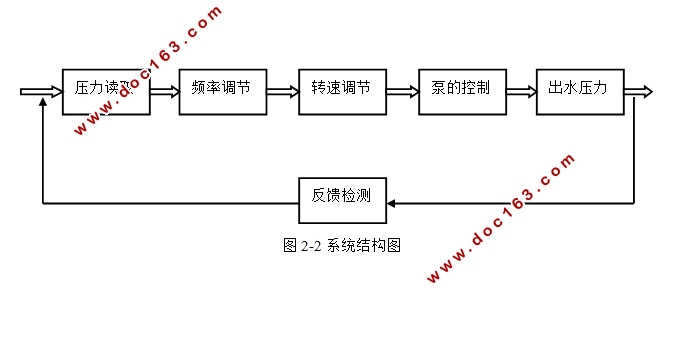

目录
摘要 I
Abstract II
第一章 绪论 1
1.1 研究背景 1
1.2 研究现状 1
1.3 研究内容 2
第二章 方案总体设计 4
2.1 需求分析 4
2.2 系统框架 4
2.3 硬件选型 5
2.4 本章小结 7
第三章 电气线路设计 8
3.1 电气图设计 8
3.2 本章小结 10
第四章 PLC程序设计 11
4.1 PLC程序设计概述 11
4.2 各模块程序设计 11
4.2.1 主程序的设计 11
4.2.2 压力模拟输入程序设计 13
4.2.3 泵工作程序设计 14
4.2.4 泵时间程序设计 15
4.2.5 加泵程序设计 15
4.2.6 减泵程序设计 18
4.2.7 三台泵控制程序设计 19
4.3 测试与仿真 21
4.4 本章小结 22
第五章 组态监控设计 24
5.1 组态结构设计 24
5.2 组态画面设计 24
5.3 本章小结 27
第六章 总结与展望 29
参考文献 30
参考文献 32
